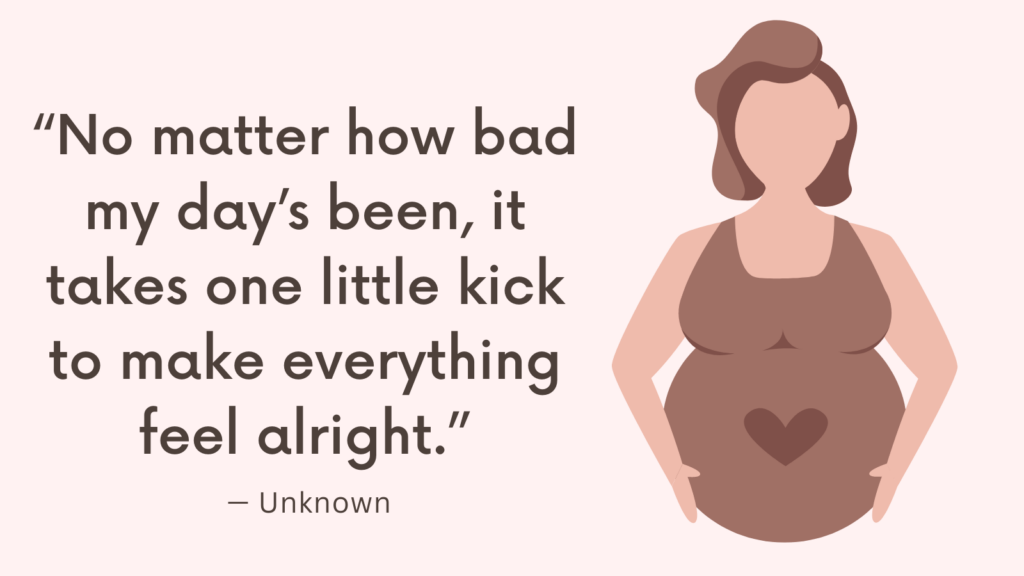Exercise can be a great way to support your physical and mental health during pregnancy.
In the first trimester, gentle movement and moderate exercise can help manage energy levels, reduce stress, and prepare your body for the months ahead.
Here’s a comprehensive guide to exercising safely during these early weeks.
Why Exercise Matters in the First Trimester
Staying active can support a healthy pregnancy in several ways. Light to moderate exercise in the first trimester has been shown to:
– Boost energy and improve mood
– Reduce stress and anxiety
– Strengthen muscles and endurance
– Support cardiovascular health
– Help manage common pregnancy symptoms like fatigue and mild nausea
The key is to focus on gentle movements and avoid exercises that can be strenuous or risk falling or injury.
Related: Best Pregnancy Resources (Information, Apps, Books, Podcasts)
Safe Exercise Tips for the First Trimester
1. Start with Low-Impact Cardio
Low-impact cardio is a safe and effective way to keep your heart healthy without putting undue strain on your body.
Examples of Safe Cardio Activities:
– Walking: A brisk walk is a great way to get in cardio without overdoing it.
– Swimming or Water Aerobics: The buoyancy of water supports your joints and makes movement feel easier.
– Stationary Cycling: Avoids balance challenges while providing a good workout.
Tip: Aim for 20-30 minutes of low-impact cardio, three to five days a week, at a pace where you can comfortably hold a conversation.
Related: Best +25 Pregnancy Journal Prompts
2. Focus on Gentle Strength Training
Strength training helps prepare your body for carrying extra pregnancy weight and supports muscles used in labor and delivery.
Examples of Safe Strengthening Exercises:
– Bodyweight Squats and Lunges: Strengthen leg muscles, which helps with balance and endurance.
– Resistance Band Workouts: Gentle resistance bands are great for toning arms and legs without lifting heavy weights.
– Pelvic Tilts and Bridges: Strengthen the core and pelvic muscles, which support the spine and lower back.
Tip: Use light weights or resistance bands and keep movements slow and controlled. Avoid heavy lifting and any exercises that involve lying flat on your back after the first trimester.
Related: Best 50 Activities For Pregnant Couples
3. Incorporate Prenatal Yoga and Stretching
Prenatal yoga is wonderful for flexibility, relaxation, and connecting with your body. Stretching helps alleviate muscle tension, especially as hormones loosen ligaments and joints.
Benefits of Prenatal Yoga:
– Eases tension in the back, neck, and shoulders
– Improves flexibility and balance
– Supports mental calmness and prepares you for deep breathing techniques
Safe Yoga and Stretching Poses:
– Cat-Cow Stretch: Releases tension in the lower back and strengthens the spine.
– Seated Forward Bend (wide-legged): Gently stretches the hips and hamstrings.
– Child’s Pose: Relaxes the body and provides gentle hip and lower back stretch.
Tip: Avoid deep twisting poses and anything that puts pressure on your abdomen. Always practice with a certified prenatal yoga instructor if possible.
Related: How To Relieve Neck Pain During Pregnancy?
Listen to Your Body and Take Breaks
Your body is undergoing significant changes, and rest is essential in the first trimester. If you feel dizzy, short of breath, or overly tired, take a break.
Signs to Watch For:
– Feeling lightheaded or dizzy
– Overheating or excessive sweating
– Shortness of breath
– Vaginal bleeding or fluid leakage
– Any pain or discomfort in the pelvis, lower back, or abdomen
If you experience any of these symptoms, stop exercising immediately and consult your healthcare provider.
Related: What To Do After Positive Pregnancy Test?
Hydrate and Fuel Your Body Properly
Proper hydration and nutrition are crucial, especially when exercising during pregnancy. Drinking water before, during, and after exercise will help prevent dehydration, which can lead to dizziness or nausea.
Tips for Staying Hydrated:
– Drink at least 8-10 cups of water daily, plus extra if exercising.
– Snack on high-protein, nutrient-dense foods an hour before exercise for sustained energy.
– Avoid caffeine and sugary drinks that can cause blood sugar spikes.
Related: What To Wear To First Prenatal Appointment (& What To Avoid)
FAQs
Q: Is it safe to start exercising if I didn’t work out before pregnancy?
Yes, start with low-impact activities like walking, gentle stretching, and prenatal yoga, gradually working up as your body adjusts.
Q: How often should I exercise in the first trimester?
Aim for at least 150 minutes of moderate exercise spread throughout the week, following your comfort level.
Q: Are there any exercises I should avoid?
Yes, avoid high-impact sports, contact sports, activities with a high risk of falling (like skiing), and anything that puts pressure on the abdomen.
Conclusion
Exercising safely in the first trimester can improve your physical and emotional well-being, help manage pregnancy symptoms, and prepare your body for the months ahead.
Just remember, each day may feel different, and listening to your body is the most important guide.




